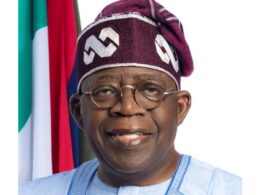Airlines and millions of Americans faced significant flight delays on Sunday as the U.S. experienced its busiest day of air travel in history. The Transportation Security Administration (TSA) reported screening 2.91 million passengers on Sunday, surpassing the previous record set on June 30. It has been a busy year for air travel, with seven of the top ten busiest days occurring within the past six months.
While delays were particularly notable at major airports, especially in the Northeast, cancellations remained minimal. Most travelers successfully made their way back after the Thanksgiving weekend.
According to FlightAware, more than 7,600 flights were delayed on Sunday within, into, or out of the U.S., compared to 4,700 on Saturday and 3,200 on Friday. A flight is considered delayed if it arrives at least 15 minutes behind schedule.
On a positive note for both passengers and airlines, cancellations were low. Among the estimated 45,000 flights by the Federal Aviation Administration for Sunday, only 55 were canceled.
Notably, John F. Kennedy International Airport in New York experienced the highest number of departure delays, with 265 flights affected, accounting for 36% of the scheduled departures. Boston’s Logan International Airport had the highest rate of arrivals delays, with 173 flights (25% of the schedule) running late.
In terms of airline performance, Southwest Airlines (ticker: LUV) faced the highest number of delayed flights, totaling 1,376 or 30% of its scheduled flights. However, they managed to cancel just one flight. JetBlue Airways (JBLU) had the highest percentage of flights delayed at 43%. American Airlines (AAL), Delta Air Lines (DAL), and United Airlines (UAL) experienced delayed flight rates of 26%, 20%, and 19%, respectively.
Despite the inconveniences caused by delays, major airlines have managed to avoid major disruptions that could impact their earnings. As of early Monday, most airline stocks remained stable.







